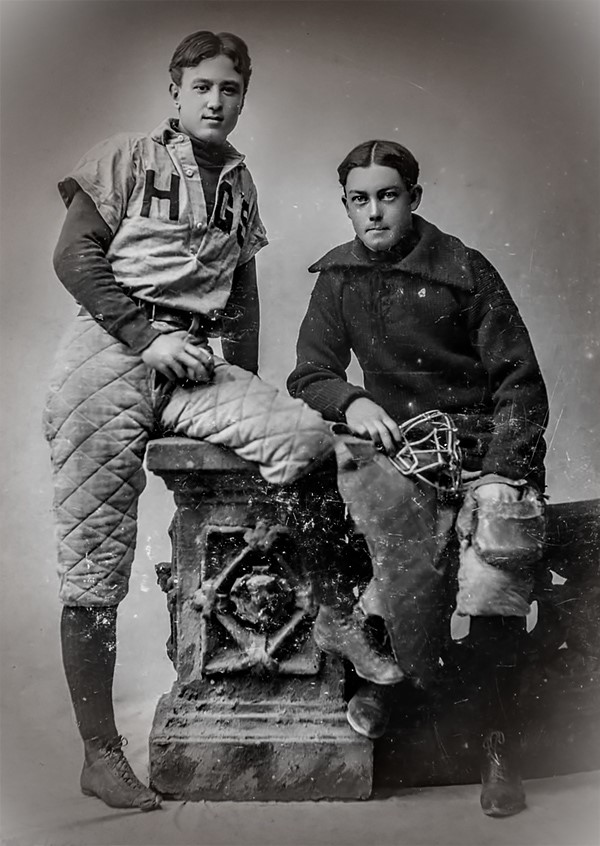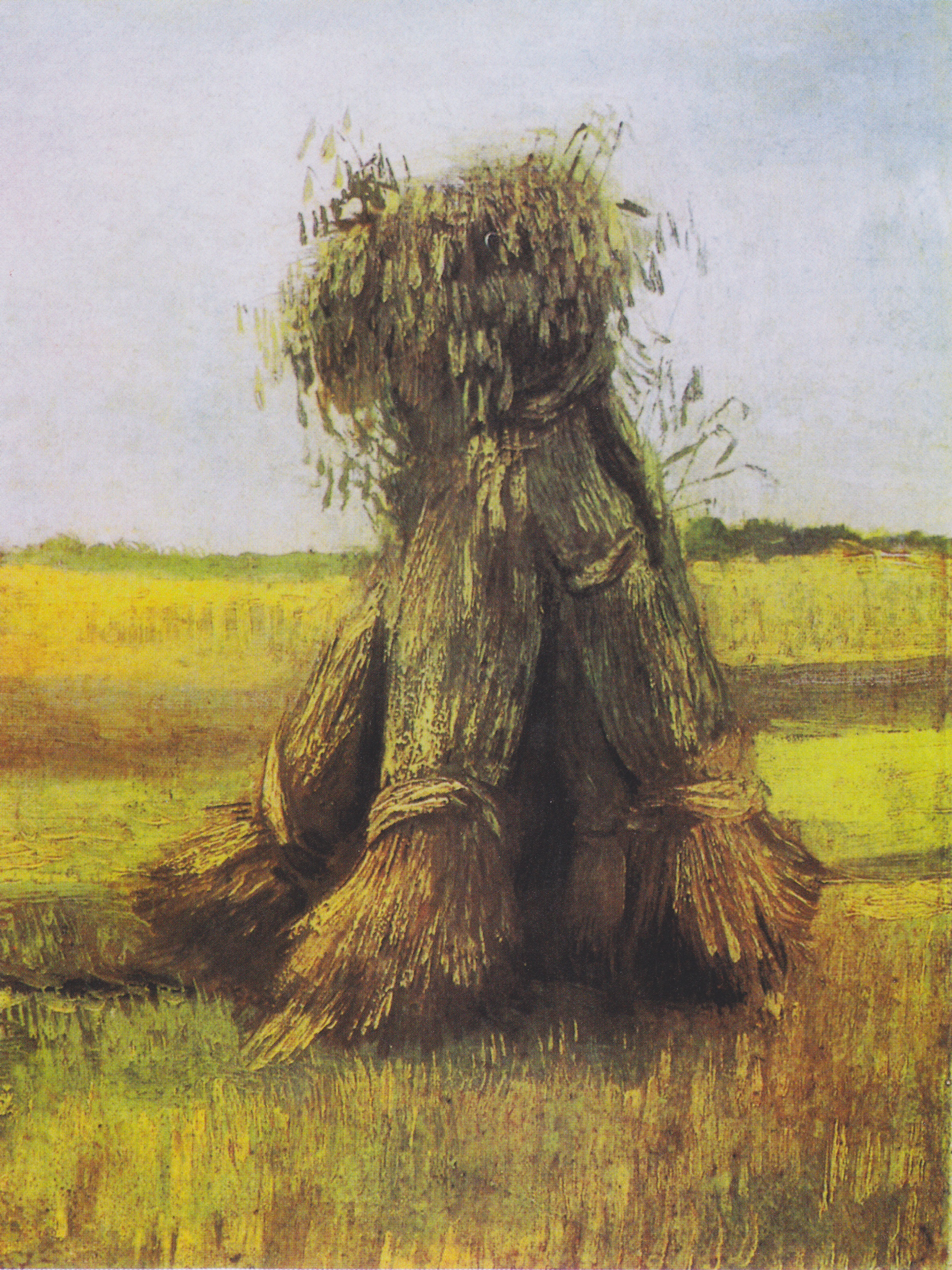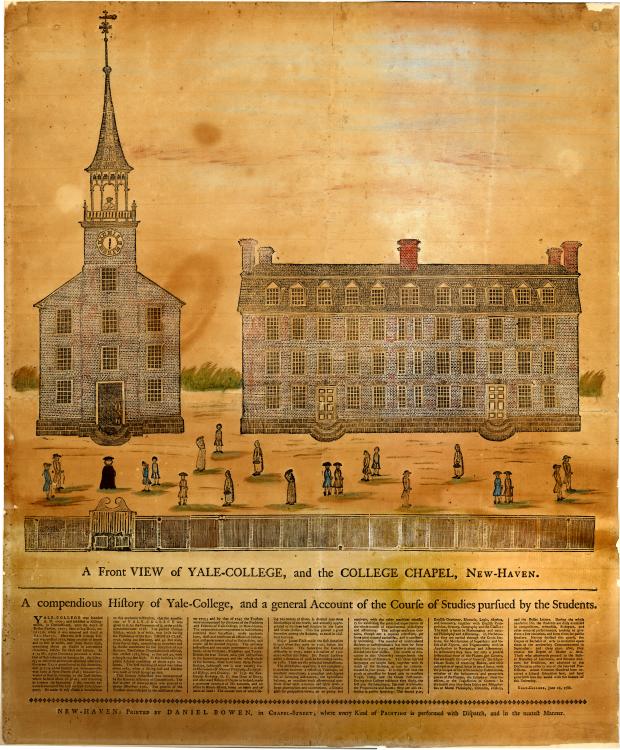|
Symphony No. 2 (Ives)
The Second Symphony was written by Charles Ives between 1897 and 1902. It consists of five movements and lasts approximately 40 minutes. Scoring The piece is scored for piccolo, 2 flutes, 2 oboes, 2 clarinets, 2 bassoons, contrabassoon, 4 horns, 2 trumpets, 3 trombones, tuba, timpani, triangle, snare drum, bass drum and strings. The piece departs from the conventional four-movement symphonic structure by the insertion of a slow ''Lento maestoso'' movement as an introduction to the ''Allegro molto vivace''. History and analysis Although the work was composed during Ives's 20s, it was half a century before it was premiered, on February 22, 1951, in a New York Philharmonic concert conducted by Leonard Bernstein. The symphony was premiered to rapturous applause but Ives responded with ambivalence (he reportedly spat)—he did not attend the concert in person, but listened to a radio rebroadcast on March 4. The public performance had been postponed for so long because Ives had been ... [...More Info...] [...Related Items...] OR: [Wikipedia] [Google] [Baidu] |
Charles Ives
Charles Edward Ives (; October 20, 1874May 19, 1954) was an American modernist composer, actuary and businessman. Ives was among the earliest renowned American composers to achieve recognition on a global scale. His music was largely ignored during his early career, and many of his works went unperformed for many years. Later in life, the quality of his music was publicly recognized through the efforts of contemporaries like Henry Cowell and Lou Harrison, and he came to be regarded as an "American original". He was also among the first composers to engage in a systematic program of experimental music, with musical techniques including polytonality, polyrhythm, tone clusters, aleatory elements, and quarter tones. His experimentation foreshadowed many musical innovations that were later more widely adopted during the 20th century. Hence, he is often regarded as the leading American composer of art music of the 20th century. Sources of Ives's tonal imagery included hymn ... [...More Info...] [...Related Items...] OR: [Wikipedia] [Google] [Baidu] |
String Instrument
In musical instrument classification, string instruments, or chordophones, are musical instruments that produce sound from vibrating strings when a performer strums, plucks, strikes or sounds the strings in varying manners. Musicians play some string instruments, like Guitar, guitars, by plucking the String (music), strings with their fingers or a plectrum, plectrum (pick), and others by hitting the strings with a light wooden hammer or by rubbing the strings with a bow (music), bow, like Violin, violins. In some keyboard (music), keyboard instruments, such as the harpsichord, the musician presses a key that plucks the string. Other musical instruments generate sound by striking the string. With bowed instruments, the player pulls a rosined horsehair bow across the strings, causing them to vibrate. With a hurdy-gurdy, the musician cranks a wheel whose rosined edge touches the strings. Bowed instruments include the string section instruments of the orchestra in Western classic ... [...More Info...] [...Related Items...] OR: [Wikipedia] [Google] [Baidu] |
Turkey In The Straw
"Turkey in the Straw" is an American folk song that first gained popularity in the 19th century. Early versions of the song were titled "Zip Coon", which were first published around 1834 and performed in minstrel shows, with different people claiming authorship of the song. The melody of "Zip Coon" later became known as "Turkey in the Straw"; a song titled "Turkey in de Straw" with different music and lyrics was published in 1861 together with the wordless music of "Zip Coon" added at the end, and the title "Turkey in the Straw" then became linked to the tune of "Zip Coon". The song is related to a number of tunes of the 19th century and the origin of these songs has been widely debated. Links to older Irish/Scottish/English ballads have been proposed, such as "The Old Rose Tree". The song became highly popular and many variations of the song exist. It was also frequently adapted and used in popular media. Origin "Turkey in the Straw" is thought to be originally a tune from 19t ... [...More Info...] [...Related Items...] OR: [Wikipedia] [Google] [Baidu] |
Long, Long Ago
"Long, Long Ago" is a song dealing with nostalgia, written in 1833 by English composer Thomas Haynes Bayly. Originally called "The Long Ago", its name was apparently changed by the editor Rufus Wilmot Griswold when it was first published, posthumously, in a Philadelphia magazine, along with a collection of other songs and poems by Bayly. The song was well received, and became one of the most popular songs in the United States in 1844. The first popular recording of the song was that by Geraldine Farrar for the Victor Talking Machine Company in 1913. In 1939, the tune was given new words (revised slightly in 1941) and a bouncier tempo. It became the 1942 Glenn Miller hit " Don't Sit Under the Apple Tree (with Anyone Else but Me)". Other recordings *Louis Armstrong – recorded March 10, 1941 for Decca Records (catalog No. 3700A). *In 1950, Patti Page recorded a cover as an alternate flip side to her hit record, "Tennessee Waltz". *Jo Stafford and Gordon MacRae – for the album '' ... [...More Info...] [...Related Items...] OR: [Wikipedia] [Google] [Baidu] |
Bringing In The Sheaves
"Bringing in the Sheaves" is a popular American Gospel song used almost exclusively by Protestant Christians (though the content is not specifically Protestant in nature). The lyrics were written in 1874 by Knowles Shaw, who was inspired by Psalm 126:6, "He that goeth forth and weepeth, bearing precious seed, shall doubtless come again with rejoicing, bringing his sheaves with him." Shaw also wrote music for these words, but they are now usually set to a tune by George Minor, written in 1880. Lyrics :Sowing in the morning, sowing seeds of kindness, :Sowing in the noontide and the dewy eve; :Waiting for the harvest, and the time of reaping, :We shall come rejoicing, bringing in the sheaves. :''Refrain'': :Bringing in the sheaves, bringing in the sheaves, :We shall come rejoicing, bringing in the sheaves, :Bringing in the sheaves, bringing in the sheaves, :We shall come rejoicing, bringing in the sheaves. :Sowing in the sunshine, sowing in the shadows, :Fearing neither clouds ... [...More Info...] [...Related Items...] OR: [Wikipedia] [Google] [Baidu] |
Camptown Races
"De Camptown Races" or "Gwine to Run All Night" (nowadays popularly known as "Camptown Races") is a folk song by American Romantic composer Stephen Foster. It was published in February 1850 by F. D. Benteen and was introduced to the American mainstream by Christy's Minstrels, eventually becoming one of the most popular folk/ Americana tunes of the nineteenth century. It is Roud Folk Song Index no. 11768. Composition Historians cite the village of Camptown, Pennsylvania, as the basis for the song, located in the mountains of northeast Pennsylvania. The Pennsylvania Historical Society confirmed that Foster traveled through the small town and afterwards wrote the song. The Bradford County Historical Society documents Foster attending school in nearby Towanda and Athens in 1840 and 1841. The schools were located from the racetrack. Richard Jackson was curator of the Americana Collection at New York Public Library; he writes: The lyrics talk about a group of transients in a c ... [...More Info...] [...Related Items...] OR: [Wikipedia] [Google] [Baidu] |
New England
New England is a region consisting of six states in the Northeastern United States: Connecticut, Maine, Massachusetts, New Hampshire, Rhode Island, and Vermont. It is bordered by the state of New York (state), New York to the west and by the Canadian provinces of New Brunswick to the northeast and Quebec to the north. The Gulf of Maine and Atlantic Ocean are to the east and southeast, and Long Island Sound is to the southwest. Boston is New England's largest city and the capital of Massachusetts. Greater Boston, comprising the Boston–Worcester–Providence Combined Statistical Area, houses more than half of New England's population; this area includes Worcester, Massachusetts, the second-largest city in New England; Manchester, New Hampshire, the largest city in New Hampshire; and Providence, Rhode Island, the capital of and largest city in Rhode Island. In 1620, the Pilgrims (Plymouth Colony), Pilgrims established Plymouth Colony, the second successful settlement in Briti ... [...More Info...] [...Related Items...] OR: [Wikipedia] [Google] [Baidu] |
Vernacular Music
Vernacular music is ordinary, everyday music such as popular and folk music. It is defined partly in terms of its accessibility, standing in contrast to art music. Vernacular music may overlap with non-vernacular, particular in the context of musical commerce, and is often informed by the developments of non-vernacular traditions. The sales of phonograph records played a dominant role in spreading a cultural taste for popular and vernacular music styles. See also *Dance music *Low culture Low or LOW or lows, may refer to: People * Low (surname), listing people surnamed Low Places * Low, Quebec, Canada * Low, Utah, United States * Lo Wu station (MTR code LOW), Hong Kong; a rail station * Salzburg Airport (ICAO airport code: ... * Vernacular Music Center References Musicology {{music-stub ... [...More Info...] [...Related Items...] OR: [Wikipedia] [Google] [Baidu] |
Yale University
Yale University is a Private university, private Ivy League research university in New Haven, Connecticut, United States. Founded in 1701, Yale is the List of Colonial Colleges, third-oldest institution of higher education in the United States, and one of the nine colonial colleges chartered before the American Revolution. Yale was established as the Collegiate School in 1701 by Congregationalism in the United States, Congregationalist clergy of the Connecticut Colony. Originally restricted to instructing ministers in theology and sacred languages, the school's curriculum expanded, incorporating humanities and sciences by the time of the American Revolution. In the 19th century, the college expanded into graduate and professional instruction, awarding the first Doctor of Philosophy, PhD in the United States in 1861 and organizing as a university in 1887. Yale's faculty and student populations grew rapidly after 1890 due to the expansion of the physical campus and its scientif ... [...More Info...] [...Related Items...] OR: [Wikipedia] [Google] [Baidu] |
Horatio Parker
Horatio William Parker (September 15, 1863 – December 18, 1919) was an American composer, organist and teacher. He was a central figure in musical life in New Haven, Connecticut in the late 19th century, and is best remembered as the undergraduate teacher of Charles Ives while the composer attended Yale University. Biography He was born in Auburndale, Massachusetts. His earliest lessons were with his mother. He then studied in Boston with George Whitefield Chadwick, Stephen A. Emery, and John Orth. His first professional position was playing the organ at St. Paul's Episcopal Church in Dedham, Massachusetts. He was paid a salary of roughly $300 a year from September 1880 to January 1882. He finished his formal education in Europe, a common destination for a young American composer in the 1880s, where he studied in Munich with Josef Rheinberger. His fellow students at the Royal Music School in MunichCharles H. Kaufman"Whiting, Arthur Battelle" ''Grove Music Online''. ''Oxfo ... [...More Info...] [...Related Items...] OR: [Wikipedia] [Google] [Baidu] |
Leonard Bernstein
Leonard Bernstein ( ; born Louis Bernstein; August 25, 1918 – October 14, 1990) was an American conductor, composer, pianist, music educator, author, and humanitarian. Considered to be one of the most important conductors of his time, he was the first American-born conductor to receive international acclaim. Bernstein was "one of the most prodigiously talented and successful musicians in American history" according to music critic Donal Henahan. List of awards and nominations received by Leonard Bernstein, Bernstein's honors and accolades include seven Emmy Awards, two Tony Awards, and 16 Grammy Awards (including the Grammy Lifetime Achievement Award, Lifetime Achievement Award) as well as an Academy Award for Best Original Score, Academy Award nomination. He received the Kennedy Center Honor in 1981. As a composer, Bernstein wrote in many genres, including symphonic and orchestral music, ballet, film and theatre music, choral works, opera, chamber music, and pieces for the pian ... [...More Info...] [...Related Items...] OR: [Wikipedia] [Google] [Baidu] |
New York Philharmonic
The New York Philharmonic is an American symphony orchestra based in New York City. Known officially as the ''Philharmonic-Symphony Society of New York, Inc.'', and globally known as the ''New York Philharmonic Orchestra'' (NYPO) or the ''New York Philharmonic-Symphony Orchestra'', it is one of the leading American orchestras popularly called the " Big Five". The Philharmonic's home is David Geffen Hall, at New York's Lincoln Center for the Performing Arts. Founded in 1842, the orchestra is one of the oldest musical institutions in the United States and the oldest of the "Big Five" orchestras. Its 14,000th concert was given in December 2004. History Founding and first concert, 1842 The New York Philharmonic was founded in 1842 by the American conductor Ureli Corelli Hill, with the aid of the Irish composer William Vincent Wallace. The orchestra was then called the Philharmonic Society of New York. It was the third Philharmonic on American soil since 1799, and had as its int ... [...More Info...] [...Related Items...] OR: [Wikipedia] [Google] [Baidu] |







